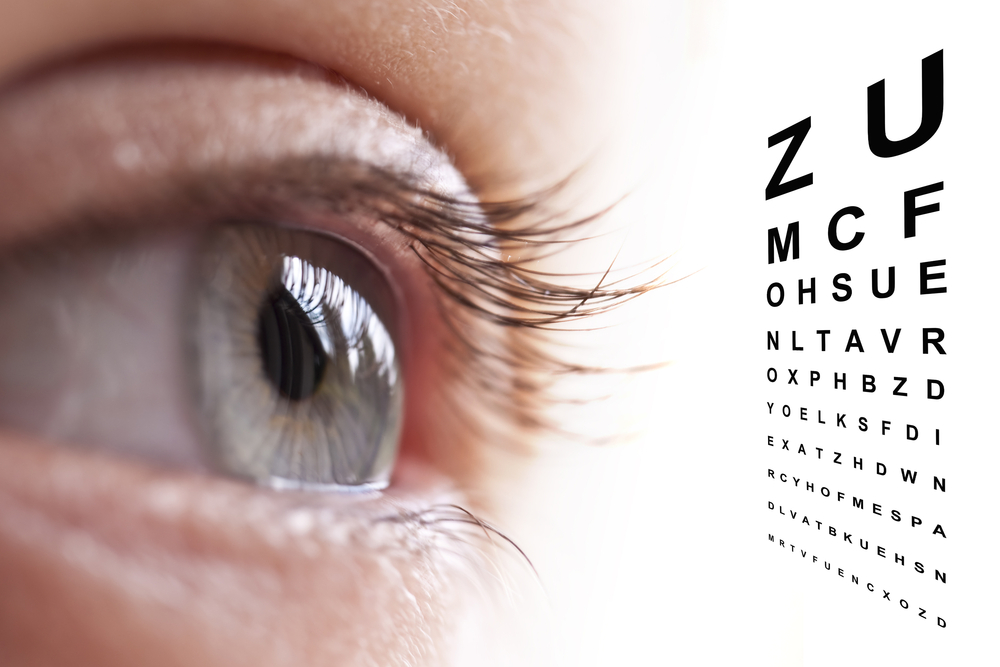
What is glaucoma?
Glaucoma is a condition that can affect sight, usually due to build up of pressure within the eye. This can damage the optic nerve (which connects the eye to the brain) and the nerve fibres from the retina (the light-sensitive nerve tissue that lines the back of the eye).
How common is it?
Across the UK it is estimated that more than half a million people have glaucoma, with many more unaware they are suffering from the condition which can cause visual impairment and even blindness.
Chronic open-angle glaucoma affects up to two in every 100 people over 40 years old and around five in every 100 people over 80 years old.
Tests for glaucoma
There are several glaucoma tests that can be carried out by your optometrist. They are painless and quite quick. The tests should be carried out during the same appointment to ensure results are as accurate as possible. These tests are explained below.
Eye pressure test (Tonometry)
An eye pressure test uses an instrument called a tonometer to measure the pressure inside your eye. The Goldmann applanation tonometry is the gold standard test for eye pressure measurement
Central corneal thickness (Pachymetry)
This test measures the thickness of your cornea as this is thought to affect how the pressure within the eye is interpreted.
Gonioscopy
Gonioscopy is an examination of the front outer edge of your eye, between the cornea and the iris (the coloured part of your eye). This is the area where the fluid should drain out of your eye.
Visual field test
A visual field test checks for missing areas of vision. You will be shown a sequence of light spots and asked which ones you can see. Some dots will appear in your peripheral vision (around the sides of your eyeball), which is where glaucoma begins.
If you can’t see the spots in your peripheral vision, it may indicate that the glaucoma has damaged your vision.
Optic nerve assessment
Your optic nerve connects your eye to your brain. The optometrist will then examine your eyes using a slit lamp (a microscope with a very bright light) and assess whether your optic nerve has been damaged by the glaucoma.
OCT Nerve Fibre Analysis
This is a very important test for optic nerve assessment in glaucoma. It involves the use of eye drops to widen your pupils, but this could affect your ability to drive. So if you are having this test, you should make alternative arrangements for getting home after your appointment.
Recommendations for management
Glaucoma can be treated with eye drops, laser treatment or surgery. But early diagnosis is important because any damage to the eyes cannot be reversed. Treatment aims to control the condition and minimise future damage.
If left untreated, glaucoma can cause visual impairment. But if it is diagnosed and treated early enough, further damage to vision can be prevented.
If the use of eye drops does not improve your symptoms, a different type of treatment may be recommended, such as laser treatment or surgery. These are described in more detail below:
Laser treatment
Laser treatment, which uses high-energy beams of light, can be used to open up the blocked trabecular meshwork (drainage tubes) within your eye. This is called laser trabeculoplasty.
Selective Laser Trabeculoplasty (SLT) is a very important modality nowadays.
An alternative to laser trabeculoplasty is cyclodiode laser treatment. This involves destroying some of the tissue in the eye that produces aqueous humour.
Laser treatments are usually quick and painless, although during the procedure you may feel a brief twinge of pain or heat. You may still need to use eye drops (see above) after having laser treatment.
Surgery
A trabeculectomy is the most common type of glaucoma surgery. It involves removing part of the trabecular meshwork to allow fluid to flow through the eye’s drainage system.
Complications with glaucoma
The main complication of glaucoma is loss of vision or visual field that can’t be repaired. This is why early diagnosis and treatment is so important.
In the UK, glaucoma is responsible for around one in 10 cases of visual impairment.
Driving
If you have glaucoma, it could affect your ability to drive. It’s your legal obligation to inform the Driver and Vehicle Licensing Agency (DVLA) about a medical condition that could affect your driving ability.
Triggerfish: A novel technology
Patients at Burton’s Queen’s Hospital are the first in the country to be offered ‘Triggerfish’ – a cutting-edge technology aimed at improving the management of glaucoma. They will be fitted with a special contact lens that has a sensor attached to it. The sensor will collect data on the dimensions of the eye during a 24-hour period and feed it back to a computer. This information will allow us to better understand the conditions of the affected eye.
Patients attend our special clinic, the first of its kind in NHS England, to have the contact lens fitted and receive all the relevant information. They then return the following day to have the lens removed and receive an eye examination.
Triggerfish is already in use in America and parts of Europe. As a new technology in our trust, the data it gathers will be useful to the glaucoma patient population overall.
Triggerfish can help ophthalmologists learn more about glaucoma, which can lead to blindness, and predict its progression in individual patients and the need for intervention.
